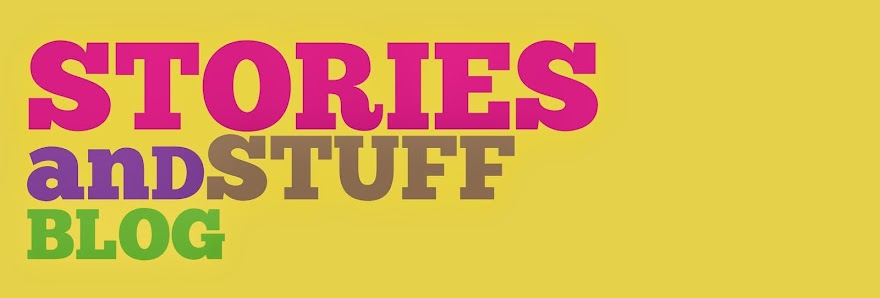‘Better if the country be real, and he has walked every foot
of it and knows every milestone. But even with imaginary
places, he will do well in the beginning to provide a map; as he
studies it, relations will appear that he had not thought upon;
he will discover obvious, though unsuspected, short cuts and
footprints for his messengers; and even when a map is not all
the plot, as it was in Treasure Island, it will he found to be a
mine of suggestion.’
So with my head whirring at present with children's picture books and my new project, whilst still working on the research for my grown up book, I have turned my mind to mapping out my books as actual maps. Now I know this is not rocket science or a unique 'wow look what I've come up with' idea, but for me it is genius as it enables my totally creative thought processes to layout my book journey as a pictorial illustrative visual. That's spot on for me - one great big picture that sums up the story I want to tell and the journey that the characters will take.
So, having patted myself smugly on the back and then realising that I should actually be thanking dad (thank you dad), I looked into this idea further by seeing who had done what before me... great travelers and explorers of the literary universe show all. Whilst delving in to the depths of Google I came across a quiz from the Guardian last year, asking if you could identify a book from its map. Whilst testing myself on the quiz I realised that maps of places (fictional or real) tell such a story of the characters and their tales and adventures that these maps become instantly recognisable. Now if I could achieve that then wouldn't that be something to be proud of.
Small steps, small steps...
Check out the Guardian's quiz and see how many maps you can identify >

Go for it. You know it will work
ReplyDeleteThank you
DeleteJust an average 5 on the quiz by the way
ReplyDelete